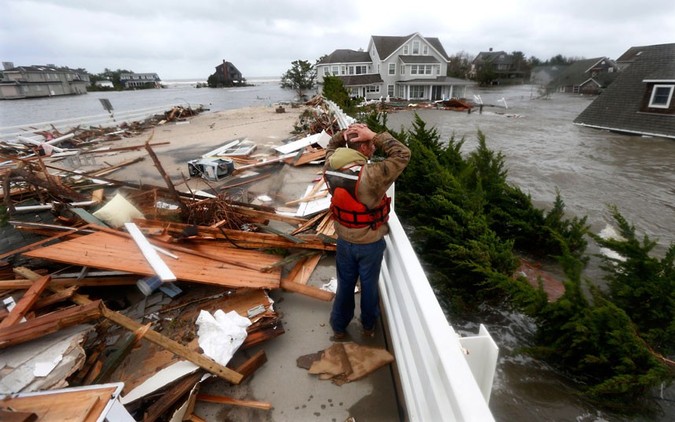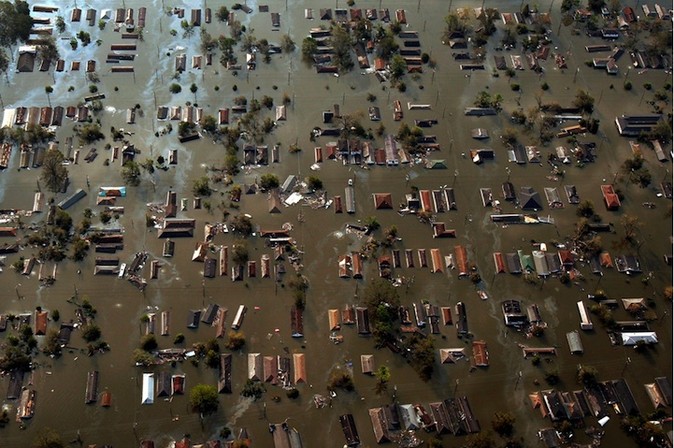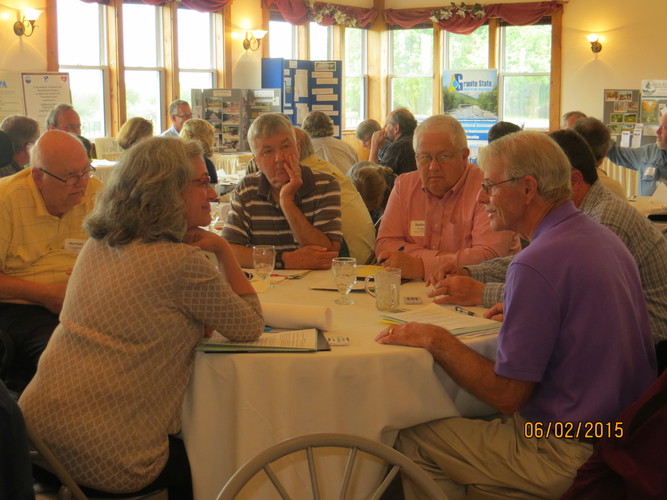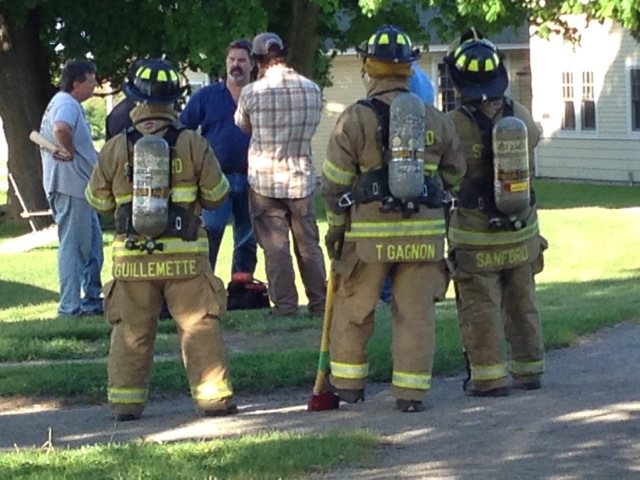The Wrack
The Wrack is the Wells Reserve blog, our collective logbook on the web.
The Wrack is the Wells Reserve blog, our collective logbook on the web.
Recently the Coastal Training Program hosted a webinar series on environmental communication by Water Words that Work. Space was limited and several of you asked for materials and resources. View part I here.
Watch these two videos and compare their style.
The first video provides awareness about an issue but doesn't leave the viewer with any solutions. The second video provides multiple actions or behavior changes the viewer can make.
Recently the Coastal Training Program hosted a webinar series on environmental communication by Water Words that Work (WWTW). Space was limited and several of you asked for materials and resources. I'll recap the webinar in two parts.
 Mantoloking, New Jersey, October 30, 2012.
Mantoloking, New Jersey, October 30, 2012.The following was published in the Biddeford-Saco Journal Tribune Sunday edition, 8/30/2015. (Continued from Remembering Katrina, Part I.)
Ten years ago this week, Category 3 Hurricane Katrina left nearly 2,000 people dead, hundreds of communities uprooted, and more than $100 billion in damage along the Gulf Coast. Adding in Superstorm Sandy’s devastation in October 2012, just two events swallowed the equivalent of: five months of Medicare spending, or two years of the federal education budget, or four years’ worth of the Federal Highway Trust Fund, our national gasoline tax-funded infrastructure bank that is now running on empty. So much money, washed out to sea.

The following was published in the Biddeford-Saco Journal Tribune Sunday edition, 8/23/2015.
Perhaps a butterfly flapped its wings in Hong Kong, or perhaps the gods who play dice with the sky rolled double sixes. Whatever the cause, the atmospheric disturbance that formed over the southeastern Bahamas on August 23, 2005, would go on to have massive effects.
The Wells Reserve recently hosted coastal communities from Kittery to Scarborough for a workshop titled Tracking Progress - Better Safe than Sorry. The workshop was a combination of presentations and group discussions for participants to discuss how their communities are working to improve their resilience to coastal hazards and extreme weather events in light of climate change. The workshop gave participants the opportunity to identify shared goals and track progress towards these goals.
Last week the Salmon Falls Watershed Collaborative hosted 65 attendees at its 5 year anniversary workshop Protecting the Source at Springhill. The collaborative, facilitated by our Coastal Training Program, coordinates long-term source water protection efforts among planning commissions, land trusts, watershed associations, water systems, and town, state, and federal agencies in New Hampshire and Maine.The collaborative’s goal is to protect and sustain high quality drinking water in the Salmon Falls River watershed.The workshop was designed to highlight achievements made in the past five years for protecting water quality in the watershed and to generate and prioritize ideas for future work by the Collaborative. Pictures and workshop materials below, read about the workshop on Fosters.com.


The following was published in the Biddeford-Saco Journal Tribune Sunday edition, 6/15/2014.
When Facilities Manager John Speight watched a pickup truck accidentally drive into what he’d thought was a well-protected propane tank at the Wells Reserve at Laudholm last weekend, his first thought was: “I hear the hiss, so I’m still alive.”
His second thought was: “let’s keep it that way.”

The following was originally published in the Biddeford-Saco Journal Tribune Sunday edition, 8/11/13:
You may have heard the story of the birth of the modern American environmental movement: Rachel Carson publishes Silent Spring in 1962, the Cuyahoga River catches fire in 1969, tens of thousands of Americans join together to celebrate the first Earth Day in 1970, and then, over the next three years, a Republican president saves the planet. Mr. Nixon creates the EPA; extends, with Maine’s Senator Muskie, the Clean Air Act; signs the Clean Water, Safe Drinking Water, and Endangered Species Acts; and even sets in motion the legislation that eventually establishes the local Wells National Estuarine Research Reserve.
Never mind that the Cuyahoga had been catching fire regularly since the mid-1800s, or that Mr. Nixon actually vetoed the Clean Water Act, or that “Republican” meant something different forty years ago. What’s important is the story: an empowering fable of scientists and the citizenry teaming up to overcome the odds and force government to turn around a country before it disappeared beneath smudge and sludge.
For the most part, it’s a true story. It’s just not the whole story.